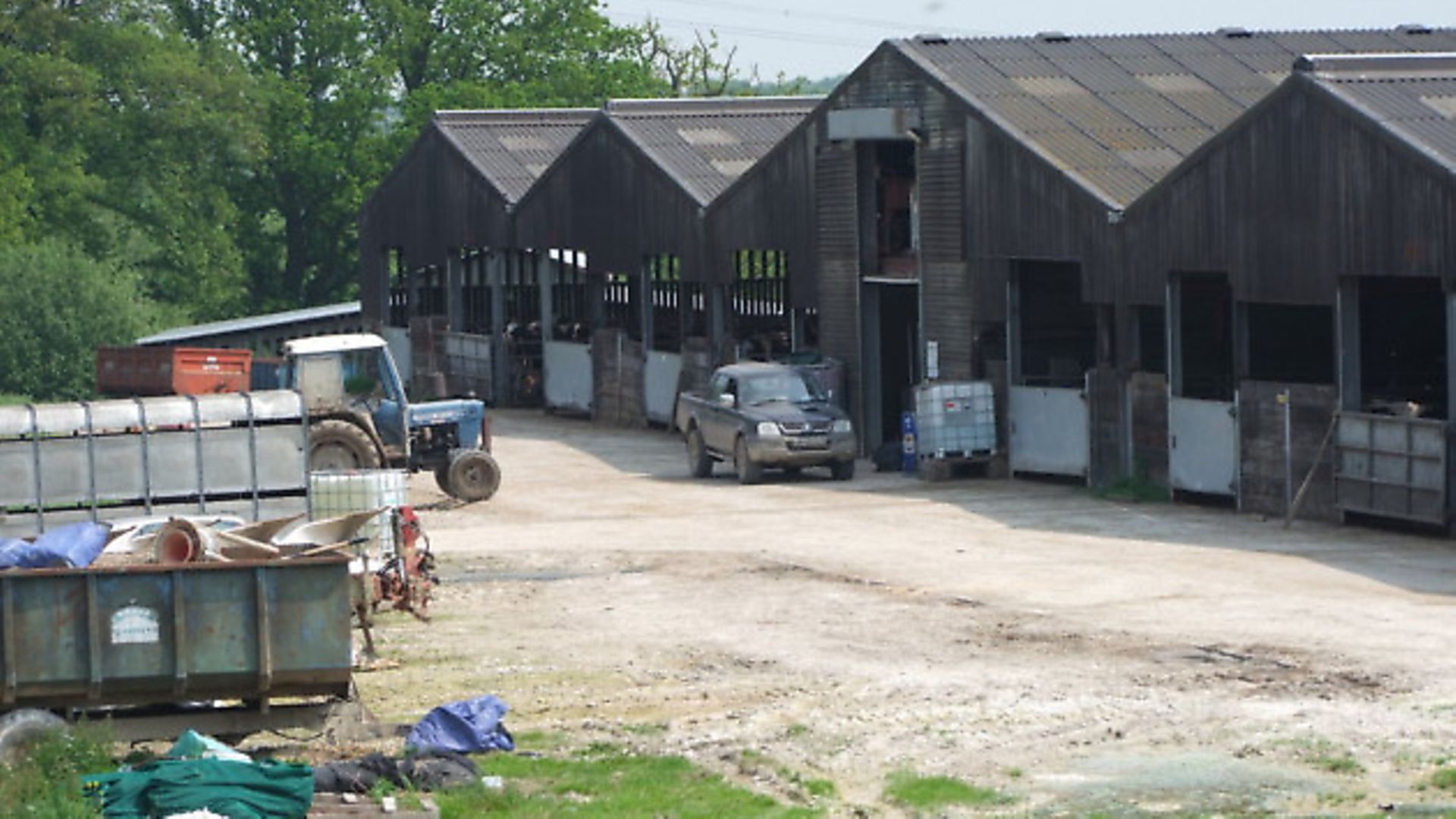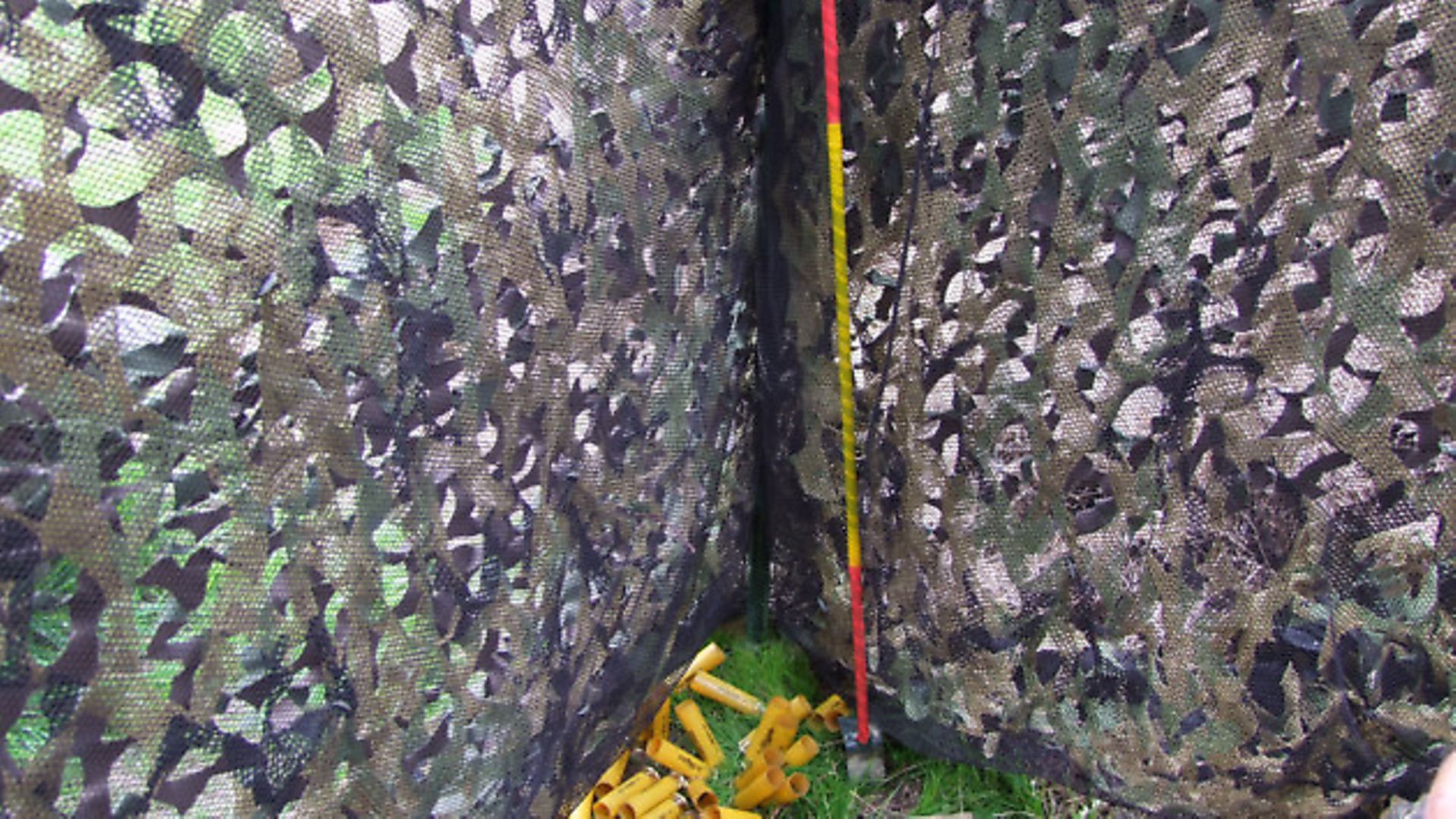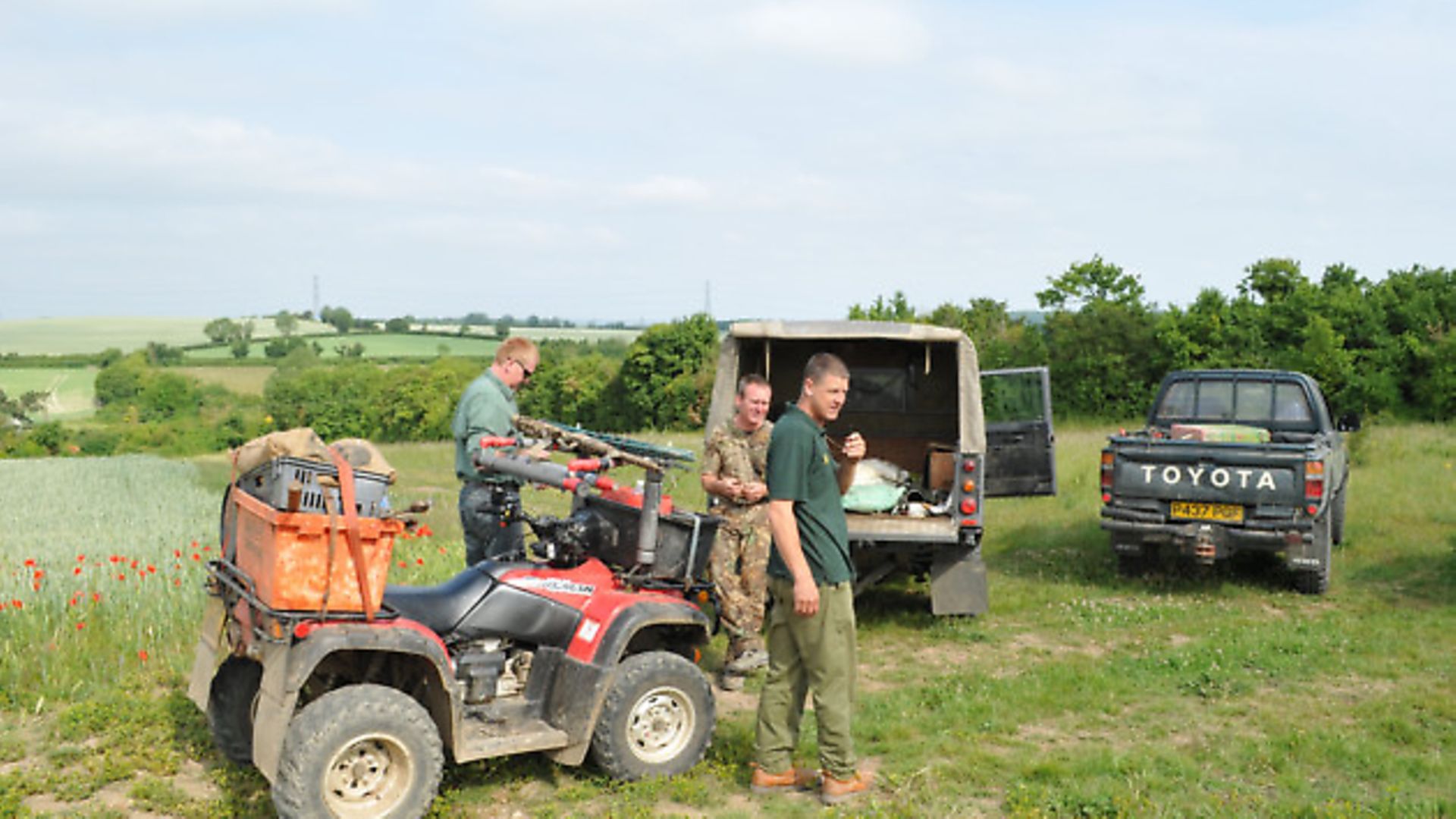Hide safety with Eric Prior
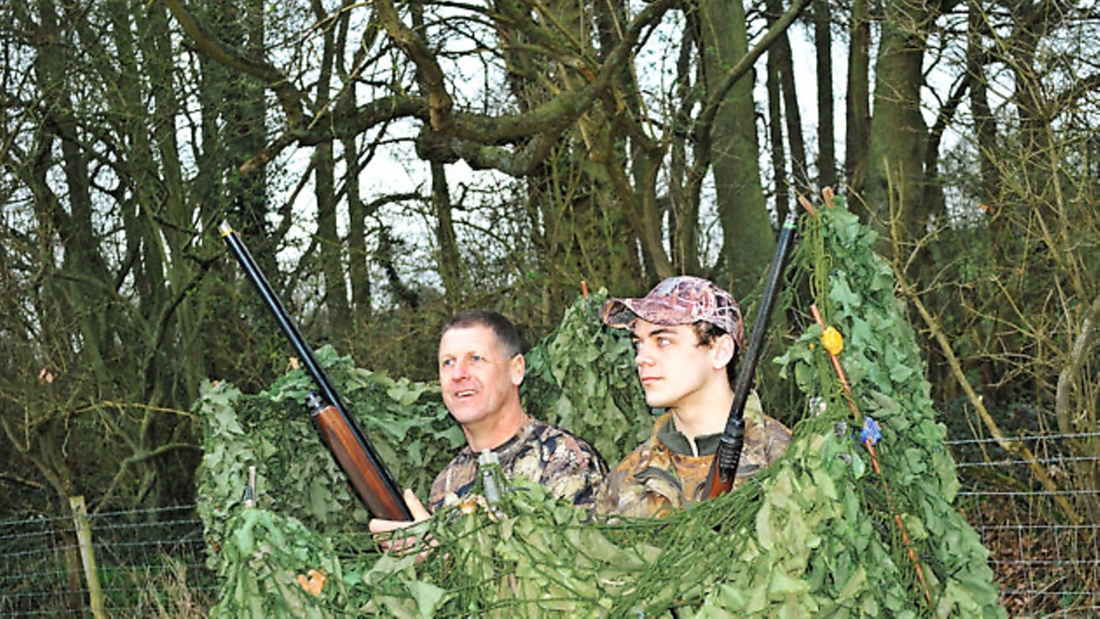
Eric Prior provides some essential guidance for staying safe in the hide
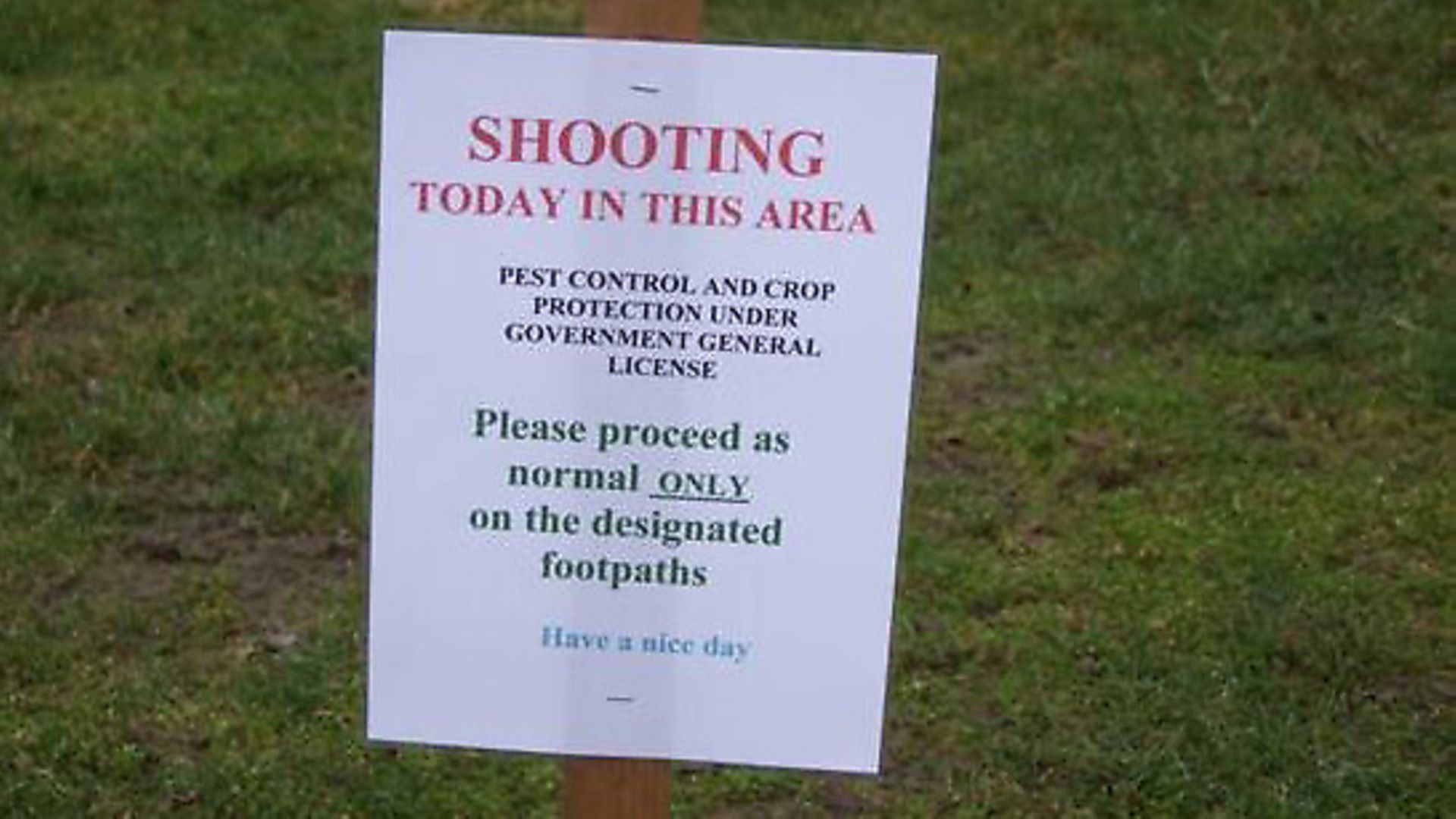
I have written this article mainly for beginners and newcomers to shooting. However, all Guns need to refresh their memories from time to time regarding this very important subject. I make no apology for stating, perhaps, the obvious; it makes sense to return to basics now and again. It’s hoped that the following information will help to avoid a serious accident to the Gun, to one of his companions, or to a member of the public.
We should all endeavour to help the young shots (and maybe the not so young shots!) to either start as they wish to continue, or to improve their knowledge, making their hobby safer and more enjoyable for themselves and others. Thankfully, shooting accidents are rare where legal shooting with shotguns and rifles is concerned; so, let’s all help to keep it that way. We must always remember that guns are designed for one job, and one job only, and that is to kill.
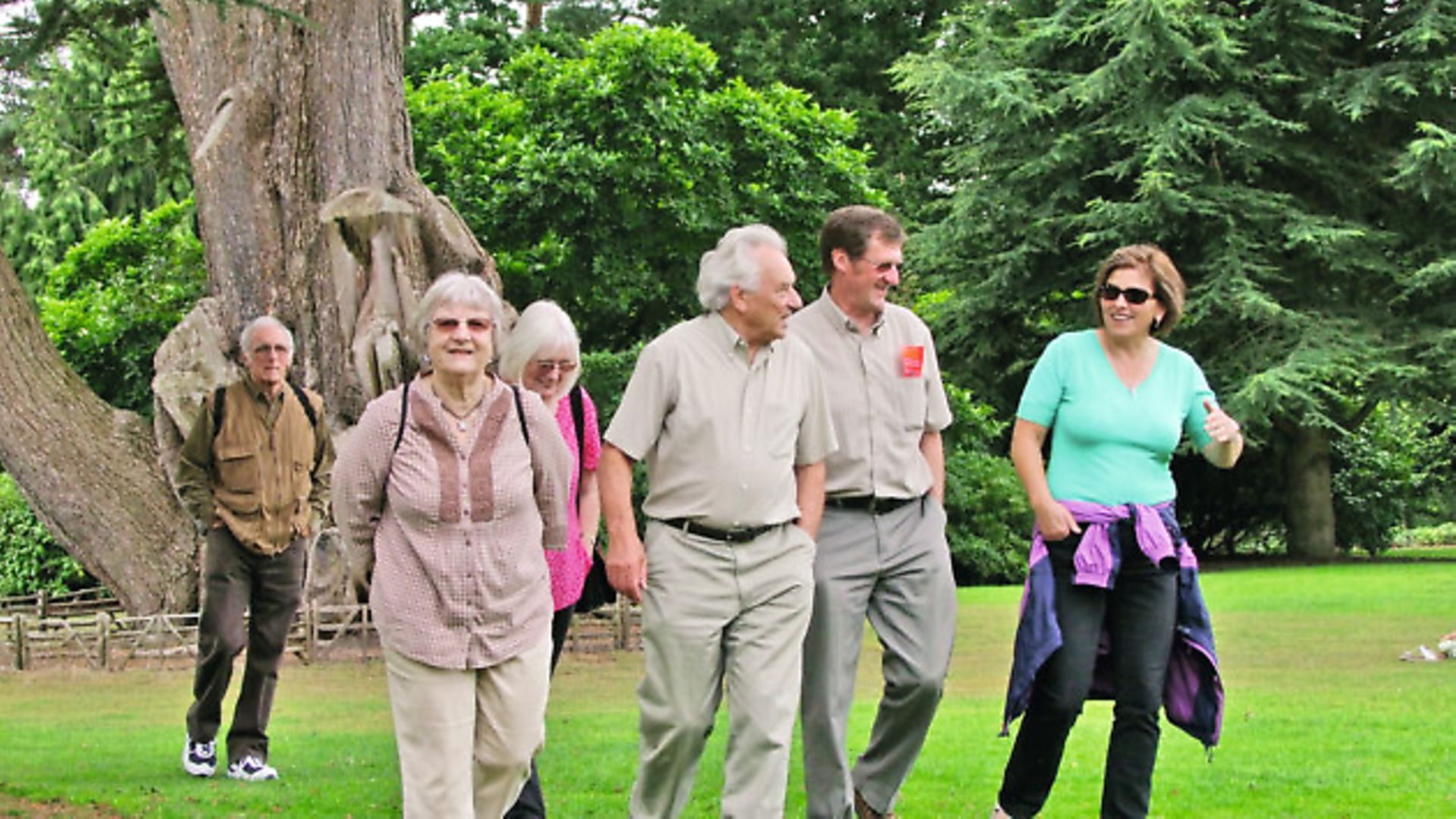
Safety in the hide
If you intend to invite a friend to sit in with you, use only one gun at any one time. I have at times seen as many as three Guns in a single hide – all with their guns loaded and firing simultaneously – and it’s common to see them all shooting at the same bird. It will only be a matter of time before one of them will be seriously injured, or worse. This behaviour must be immediately stopped – not only to prevent an accident, but to preclude us all from being tarred with the same brush! I don’t think a year goes by without news of someone, usually of a young age, being killed in this way. It makes sense to use two hides, which is much safer, and at the same time will also be far more sporting and productive.
Never approach an occupied hide without first letting the occupant know of your intentions. This may be done by way of a signal, shout or mobile call. Failing to do this is, to say the least, extremely dangerous.
Avoiding confrontation
Always give serious thought to other country users. It’s now rare not to see ramblers, dog walkers and others on or off footpaths wherever you are decoying. Unfortunately, there are many farmers who allow the local village community to wander just about anywhere on their land, irrespective of whether there are public rights of way or not. This is all very well, but these individuals then believe that they have the right to trample over all other adjoining land. This makes it difficult and often nerve-wracking; at any time a member of the public will appear from almost nowhere right in front of your line of fire. Regrettably, in most cases, there’s very little that we can do. All we can hope for is to avoid adding them to our bag.
Here, in West Sussex, I’m a member of a very well-known and respected pest control team. We provide a free-of-charge service to many farmers in the Sussex and East Surrey areas, mainly for woodpigeons, ferals, mixed corvids, rabbits, geese, and the odd fox. We, therefore, spend a good deal of our time sitting in hides, protecting a wide variety of crops all year round. In the early days we did encounter complaints as to what we were doing on the farmer’s land; it must be cruel, and therefore illegal. It resulted in occasional questions being asked, but rarely in bad language. Thankfully, 99.9% of people are pleasant, interested and understanding. If the pigeon traffic is slow, I chat to them and answer their questions, explaining what I’m doing and why. They in turn pass this information on to others. This is what I term as valuable PR, and should be practiced by all fellow hide users.
To rectify this problem, I designed a sign that we could station on footpaths at the entrances to the fields. This gives early warning to the public of what to expect, and explains that our occupation is legal and with permission. At the same time, the public are assured that they are safe, and are welcome to continue on the public right of way.
On some farms, the footpaths seem to criss-cross through every field. With this in mind, every member carries five signs which, to date, has been sufficient to cover every approach. Since using them for more than eight years, we have not received a single complaint. I can, therefore, strongly recommend that all decoyers use them, or something very similar.
Guns at rest in the hide
There are many occasions during your time in the hide where it is essential to use both hands. Also, you will be exiting and entering for various reasons. It’s definitely not advisable to rest the weapon against one of the hide poles, or to lay it down on the ground, for obvious reasons. We find it safer and easier to use a simple gun support, which is very easy to make.
These little gadgets are also very handy on the peg, flight line, or for roost shooting. A narrow, short plank of about six by six inches, or something similar, positioned on the ground in front is handy to protect the stock from damage or mud. The gun rest is one of the most important items in your kit.
Checking your barrels
Before loading the first squibs, I always check the barrels for any obstacles, such as mud, snow, or cleaning materials. Firing a gun with obstructed barrels can result in serious damage, not only to the gun, but also to you. Unfortunately, this quick and simple visual check is not routinely practiced by a very high percentage of Guns. By way of illustration, watch at the first stand on any clay shoot, or stand behind the line at the first drive on a game shoot. How many of them check before loading? Probably only 60%, at best.
Safety catches
It’s not done in our team, but I know that many decoyers sit and wait with the safety off, ready to shoot. This practice is unsafe and completely unnecessary. It’s so easy to get used to slipping it off as a target commits to your position. You will save no time with it in the ready-to-fire position, even if on the odd occasion you are caught off guard. It is extremely dangerous to neglect this important rule.
Only a few months ago, I approached a hide occupied by a farmer’s son. He was sitting with the safety off, a finger inside the trigger guard, and believe it or not, had two fingers over the end of the barrels. I didn’t tell his dad, but he will certainly not be doing that again!
Dropping shot
One of the many considerations when setting up your hide is to make sure that your shot will not drop on occupied houses, which is not likely to cause injury, but does usually upset the occupants, especially if they are not true country folk. The same applies on footpaths and rights of way. In other areas it’s also a question of contamination near farm buildings, animal housing, and any stored feed bins and silage clamps. Keep your dropping shot well away from occupied farm buildings.
Insurance cover
It’s essential that all owners of guns take out adequate insurance cover. In fact, I strongly believe that the law should ensure all gun owners take out insurance, and it should be compulsory for the gun trade to check the customer’s cover, before selling them a weapon of any description. Part of the fee could go towards conservation, through such organisations as the British Association for Shooting and Conservation (BASC) and the Countryside Alliance (CA). Also, I find that being fully insured helps when approaching landowners for permission to shoot on their land. Always be safe, sensible and responsible. Enjoy your shooting!




